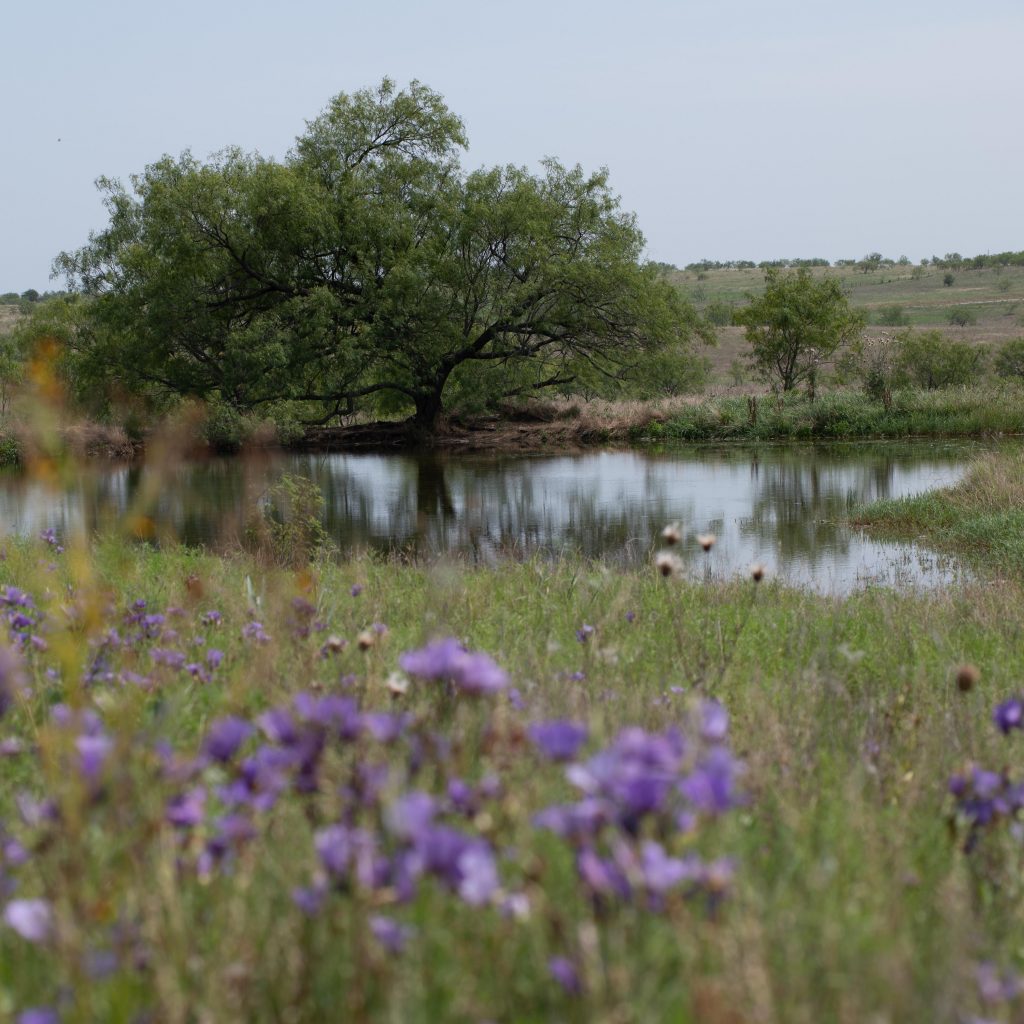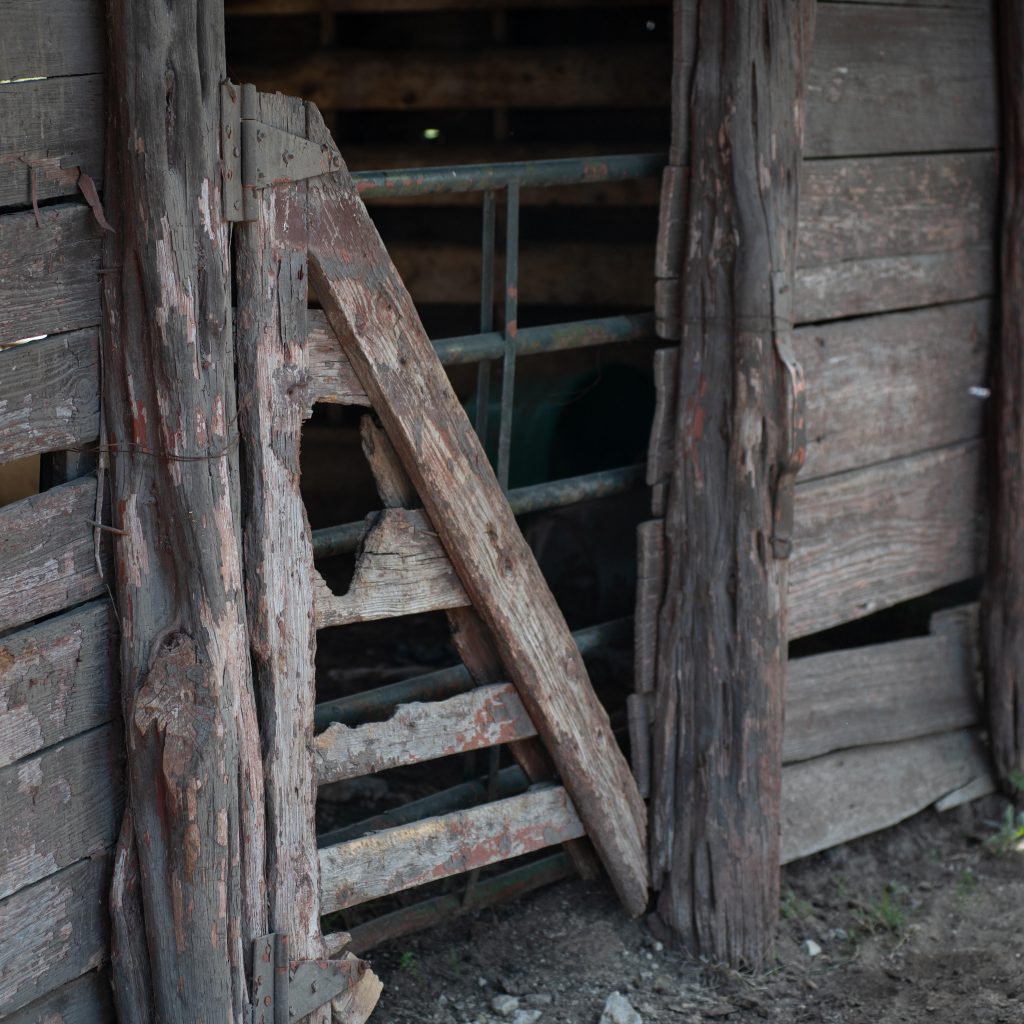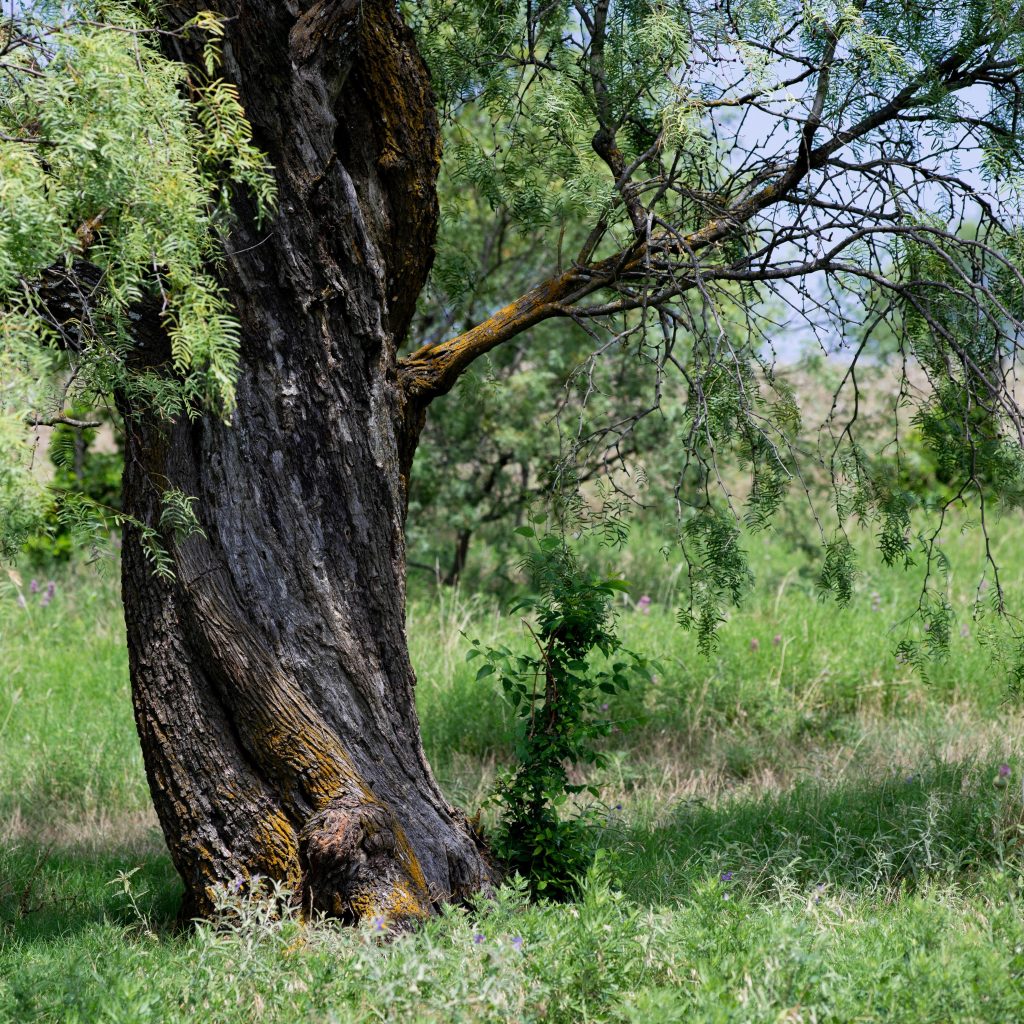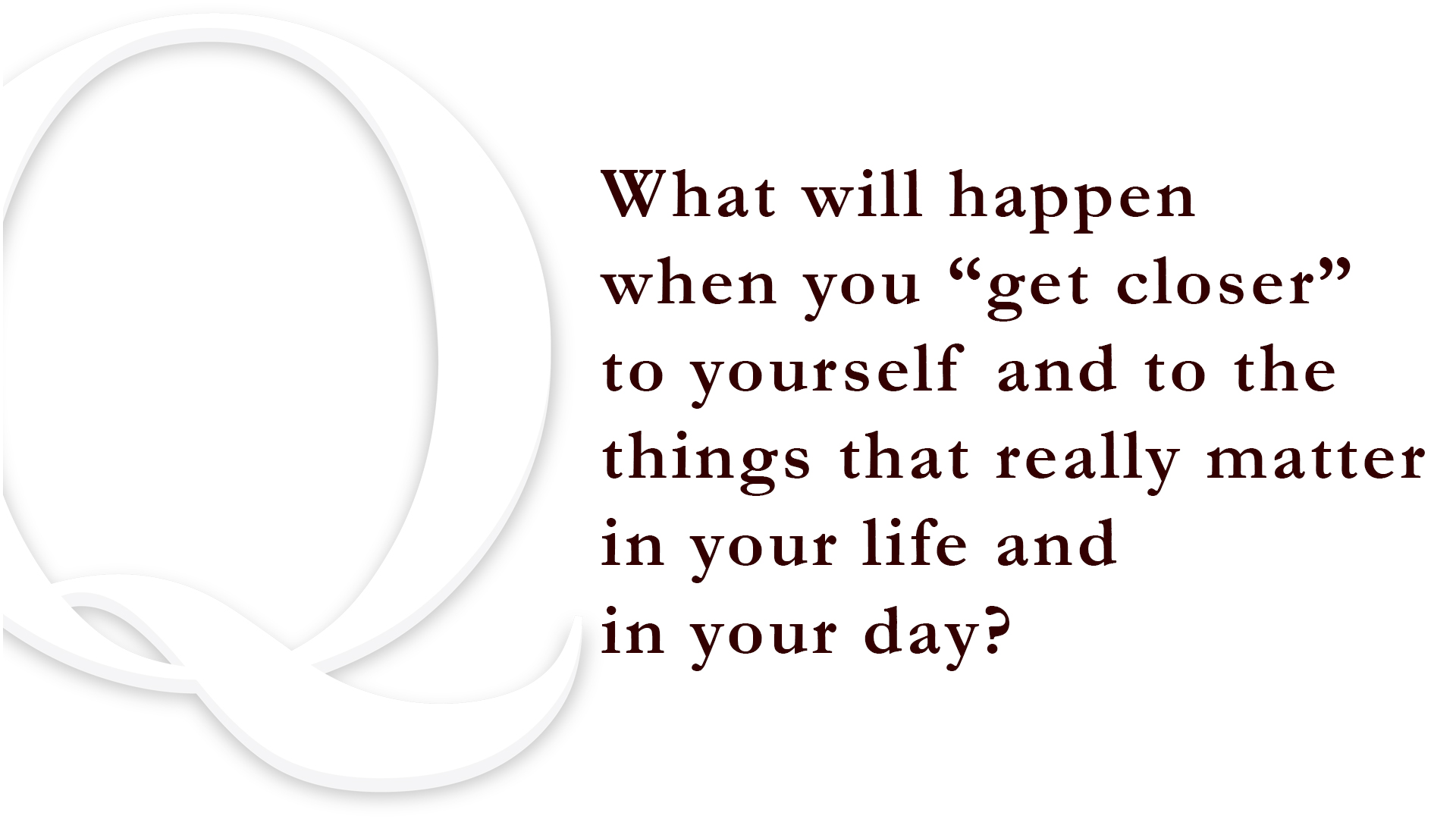Get Closer
When we’re open to them, opportunities to learn something new are always available, opening us to what we couldn’t see or engage with before.
This week, using examples from photography, we’ll consider ways of getting closer to what truly matters in our lives, including how we see the world around us, and our relationship with ourselves. Stay with me.

[ brief pause—music fades ]
There are things that simply can’t be experienced in the noise and haste of a crowded city. One of them is profound silence. Stepping into that silence, I spent part of the past two weekends on a Texas ranch taking pictures and standing in the stillness for long periods without moving or making a sound.
As a photographer with more than fifty years of experience, one of my prerequisites for creating images of a particular place is spending enough time with it to take it in and to get a feeling for where I am. After all, how can I possibly see or photograph something I’m not consciously attuned to?
A sprawling place, the ranch is several thousand acres of gently rolling hills, its legacy reaching back a hundred and fifty years.
Each time I go there, I find new things that inspire me and captivate my senses.
As I quietly walked around the barn and other buildings, out into the round pen, and then across the pastures where cattle and sheep were grazing or resting in the shade, it was easy to imagine generations of ranch folk going about the never-ending job of keeping the place running. Regardless of the weather or what’s happening in the rest of the world, the work goes on.
It was refreshing to feel the breeze wash over me, carrying with it the rich smells of earth and livestock. As I breathed it in, something essential stirred in me. I made my way across the span of the place, stopping here and there to take pictures with no sense of pressure or urgency. I felt myself to be part of it, and for a long while, it seemed as if time stood still.

[ brief pause ]
Back in town, I did a bit of initial editing and post-production of my images and sent several of them to my sister, Jude. She’s an accomplished photographer with her own studio and gallery in Topeka. She’s also well acquainted with ranch life. I’m still stunned by a series of large black and white photographs she exhibited several years ago. Working alone in her darkroom, she printed four-foot square images of a roundup on a working Kansas ranch. They were so compelling, and had such grand presence, that one man at the exhibition told her he could smell the leather.
When she taught photography at Washburn University, Jude helped students discover their inner abilities and take their skills to new levels. As we talked by phone last Sunday, she did the same thing for me, offering valuable suggestions about my work.
She encouraged me to consider the best time of day for shooting certain scenes. She discussed slight shifts in composition that will make my shots even better. She offered ideas about choice of subject and about visual storytelling. I was a commercial photographer for twenty years, but I’m still open to learning something new. All of her suggestions were useful, yet one of them stood out from the others.
“Get closer,” she said.
As soon as I heard it, I knew she was right. Even though I used a telephoto lens, I unconsciously shot many of my images from too great a distance. I wasn’t aware of it at the time, but when I looked at the photographs again, I could see distracting elements in some of them and realized how much better some of them would have been had I figuratively and literally taken half a step closer.
[ brief pause ]
Later, as the idea kept playing in my head, I considered other ways in which “Get closer” is useful, not just with photography, but in the ways we live.
To create a better photograph, we can get closer to the subject and fill the frame, or we can crop the image later, removing details that aren’t needed or supportive. For example, in one of the pictures I had taken of a group of sheep, I cropped out most the original image, leaving three sheep that were looking straight at me. The other sheep and the tree to their left and the fence to their right were gone, making the picture much more interesting and taking my eye directly to what caught my attention in the first place.

[ brief pause ]
In life, we can accomplish the same thing, getting closer and “filling the frame” with what’s important, and “cropping out” things that are distracting. So, staying with photography as a metaphor, here are seven Beautiful Questions.
- How much are you allowing what’s going on around you to distract you from where your focus needs to be?
- Once you realize you’re doing that, how would you “get closer?”
- How much are you attending to things that aren’t essential, wasting time and energy and leaving you out of the picture?
- What shift in the ways you look at yourself and at your life would help you “get closer”?
- How much of your healthy consideration is about your own needs, including rest and enough sleep and drinking enough water and eating foods that are nourishing?
- Whether it’s through phone calls or having conversations at a distance, in what ways, might you safely stay socially connected during this time of pandemic?
- What will happen when you “get closer” to yourself and to the things that really matter in your life and in your day?
[ brief pause ]
Sometimes, the solution is as simple as cropping out what isn’t interesting or useful or necessary. Sometimes, it’s as simple as asking yourself what really matters and then stepping closer to whatever that is. When you do, you’ll be fascinating to discover how much more clearly you can see what you want and what you need.
As you shift and get closer to yourself and to the things that are important in your life, write and tell me about it.
As I say each week,
My Light with Your Light
[ theme music swells and fades out ]
[ end ]
Photographs: Scott Lennox
Featured Question

